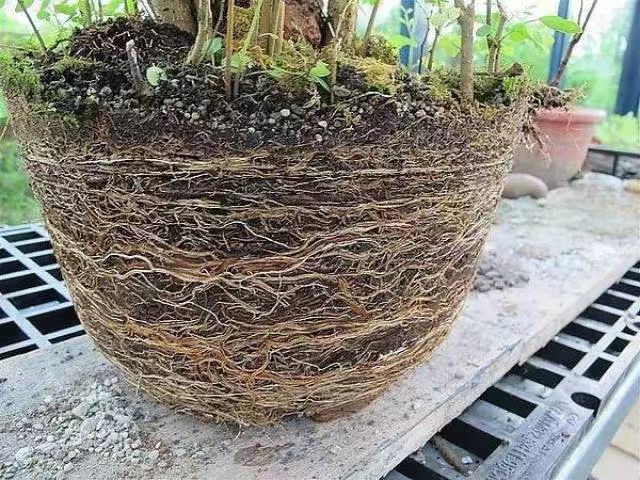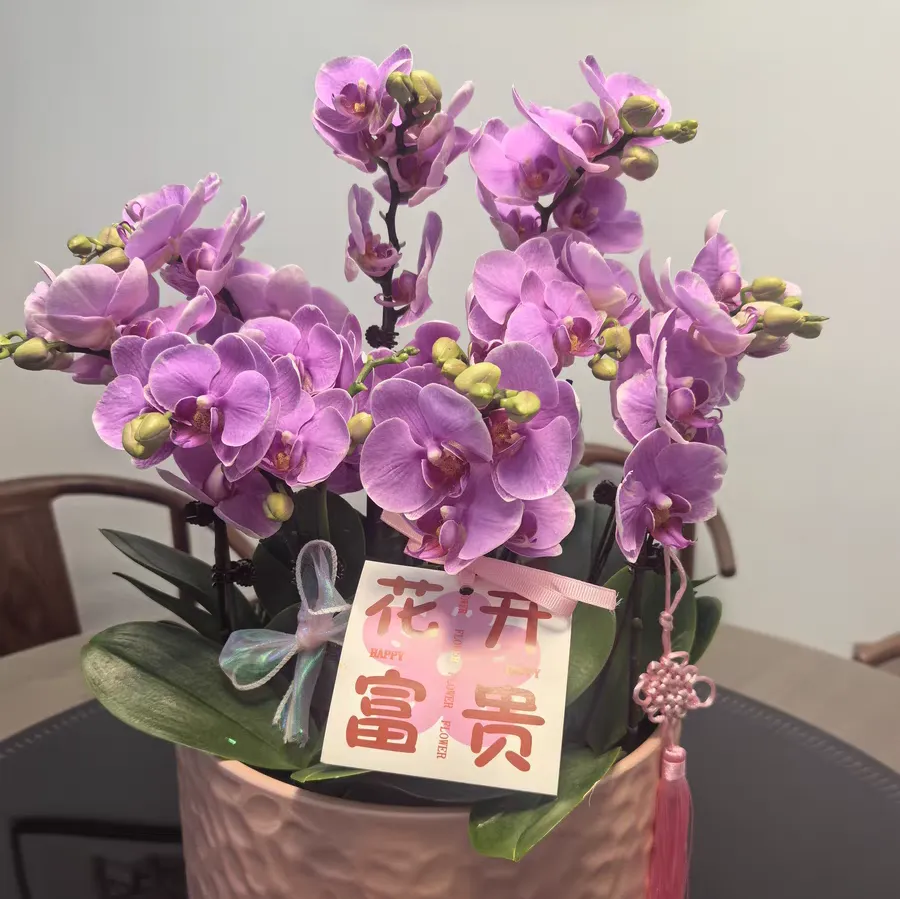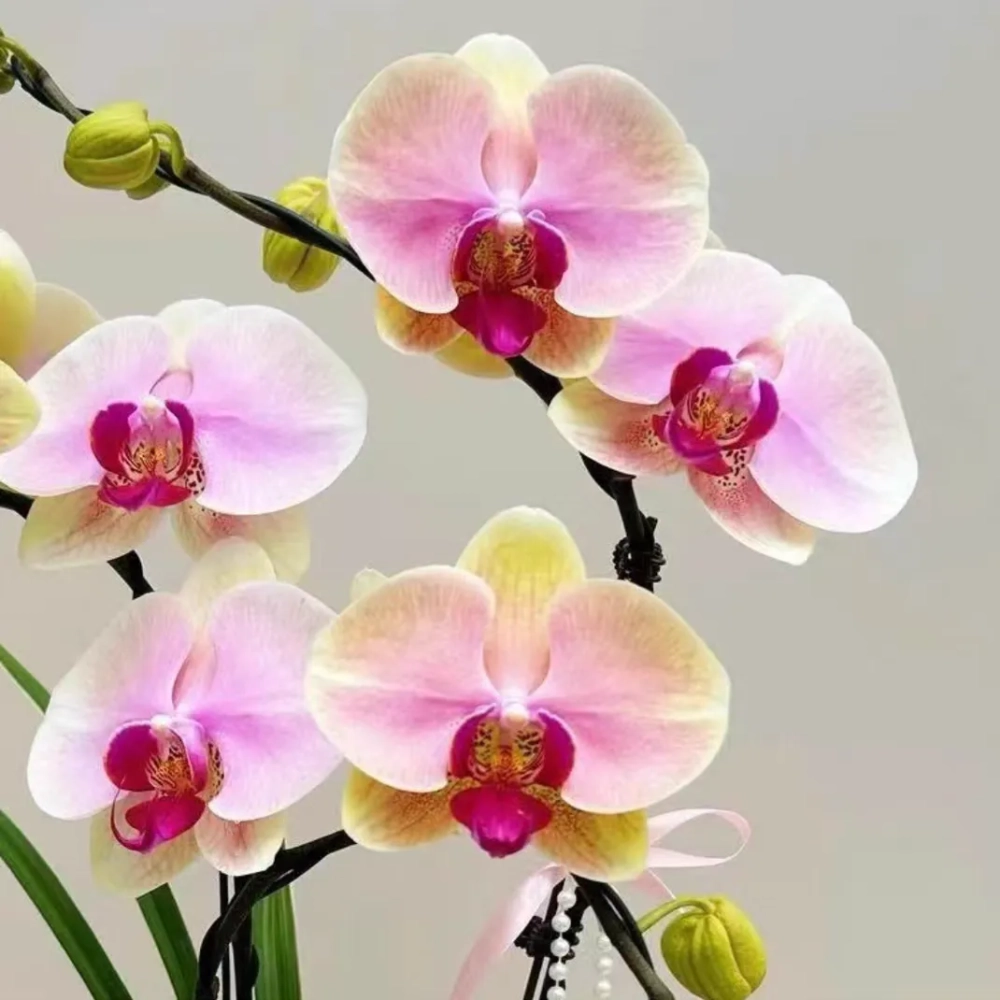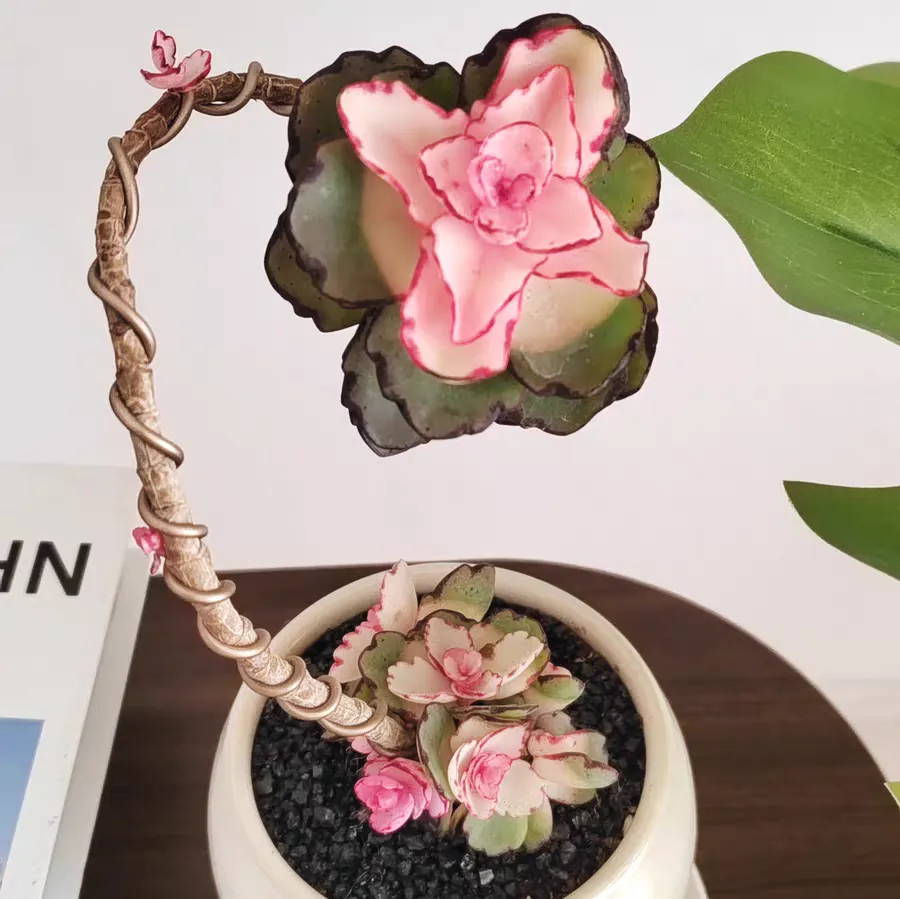In the scorching summer, the high temperature and high humidity environment often causes abnormal leaves in potted plants. At this time, don't be impatient and directly remove the leaves, because this is likely a problem with the root system. So, when encountering this situation, how should we deal with it properly?
When you find abnormal leaves on potted plants, don't rush to take action. Observe the symptoms of the leaves carefully. Are they yellowing, wilting, curling or having spots? At the same time, pay attention to the overall growth state of the plant. Is there any growth stagnation, lodging and other phenomena? These symptoms may be caused by multiple reasons. But if pests, diseases and environmental factors are excluded, it is very likely that there is a problem with the root system.
The root system is an important part of potted plants. It is responsible for absorbing water and nutrients and supporting the growth of the plant. In summer, the high temperature and high humidity environment is easy to cause oxygen deficiency and rot of the root system, thus affecting the normal growth of the plant. Therefore, accurately determining the root cause of the problem is the key to solving the problem.
Once it is determined that it is a root problem, then handle the potted plant carefully to avoid further damage to the plant. First, gently take the potted plant out of the flowerpot, and be careful not to damage the root system. If the root system is already severely rotten, it can be gently rinsed with clean water to remove the rotten part. During the treatment process, try to keep the root system intact and avoid excessive damage. For the abnormal parts of the leaves, don't rush to remove them. Although these leaves may look unhealthy, they are still carrying out photosynthesis and providing a certain amount of nutrients for the plant. If the leaves are removed too early, it may increase the burden on the plant and affect its recovery.
After treating the root system, create a suitable growth environment for the potted plant to promote the recovery of the root system. First, choose a suitable flowerpot. The size of the flowerpot should be moderate. Too large or too small is not conducive to the growth of the plant. There should be drainage holes at the bottom of the flowerpot to ensure good drainage and avoid water accumulation. Soil is also one of the key factors. Choose loose, breathable and well-drained soil. You can add some materials such as decomposed leaf soil and perlite to improve the breathability and water retention of the soil. When planting, straighten the plant and fill the soil gently to avoid curling of the root system.
In addition, pay attention to controlling watering and fertilization. During the root recovery period, avoid excessive watering to prevent root rot again. According to the dry and wet conditions of the soil, water appropriately to keep the soil moist but not overly wet. Fertilization should also be appropriate. Avoid using strong fertilizers or raw fertilizers to avoid burning the root system. You can choose some dilute liquid fertilizers and apply them once every once in a while to provide necessary nutrients for the plant.
The recovery of the root system takes a certain amount of time, so be patient and take good care of the potted plant. During the recovery period, regularly observe the growth state of the plant, find problems in time and take corresponding measures. If the leaves still appear abnormal, you can appropriately trim some severely damaged parts, but keep most of the leaves to maintain the photosynthesis of the plant.
At the same time, pay attention to providing suitable light and temperature for the potted plant. In summer, the sun is strong. Avoid directly exposing the potted plant to the sun. You can choose a semi-shady environment or use a sunshade net for shading. Too high temperature will also affect the growth of the plant. Keep good ventilation and reduce the environmental temperature.
What's wrong with the leaves of potted plants in summer?

Share with
Tagged in :




Leave a Reply